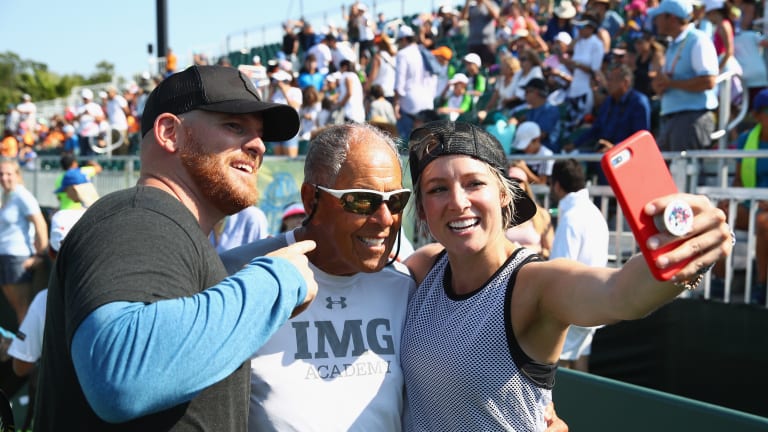In Memoriam
Rest in Peace, Nick Bollettieri—a friend you couldn't resist
By Dec 06, 2022In Memoriam
John Feinstein: Paragon of a Bygone Era
By Mar 17, 2025In Memoriam
Australian tennis great Fred Stolle has died at age 86
By Mar 06, 2025In Memoriam
Fred Stolle, Australian tennis legend and beloved friend, dies at 86
By Mar 06, 2025In Memoriam
Remembering Neale Fraser, 1933-2024: Hall of Famer defeated Rod Laver in two Grand Slam finals
By Dec 03, 2024In Memoriam
Robert Lansdorp, who coached Austin, Sampras, Davenport and Sharapova, dies at 85
By Sep 16, 2024In Memoriam
Vic Seixas, 1923-2024
By Jul 06, 2024In Memoriam
Vic Seixas, a Wimbledon champion and tennis Hall of Famer, dies at 100
By Jul 06, 2024In Memoriam
Tennis community mourns loss of Tom Barnes, pays tribute to gold standard of officiating
By Feb 23, 2024In Memoriam
Former Florida tennis coach Andy Brandi, who led the Gators to three national titles, dies at 72
By Feb 10, 2024Rest in Peace, Nick Bollettieri—a friend you couldn't resist
His relentless optimism—so often mistaken by so many for hucksterism—surely played a role in how long and fully he lived.
Published Dec 06, 2022
Advertising
Advertising
Advertising
Advertising

Bethanie Mattek-Sands, like so many others, couldn't get enough of Nick.
© 2018 Getty Images